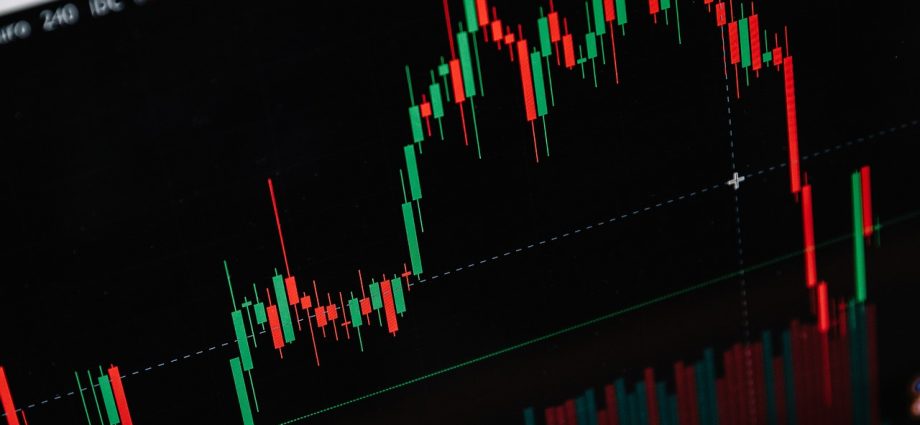Even if you are diligent and structured, you will lose money until you can build a significant trading advantage over the other traders. In this article, I will go over some of the aspects that I employ in my trading edge.
Fundamental Analysis
Fundamental analysis is the process of examining a company’s financial situation utilizing financial reports, price/earning ratios, revenues, market share, sales and growth, and other metrics. Because this type of analysis can be time-consuming, I merely check IBD ratings rather than pages of financial reports.
To gain a brief review of stock, I like to use Investor’s Business Daily (IBD, which can be found at investors.com). The IBD rating includes:
1 – Earnings Per Share (EPS) rating: Informs of the average short-term (recent quarters) and long-term (past three years) earnings growth rate of a firm. The number I see compares the company to all other companies. The scale is numbered from 1 to 99, with 99 being the finest.
2 – Relative Price Strength (RS) Rating: Compares a stock’s relative price change over the last 12 months to all other equities. The scale is numbered from 1 to 99, with 99 being the finest.
3 – Industry Relative Price Rating: Compares a stock’s recent 6 months of industry price activity to the other 196 industries on IBD’s industry list. The scale runs from A to E, with A being the highest.
4 – Sales + Profit Margins + ROE (Return on Equity) Rating: Combines a company’s sales growth rate over the previous three quarters, before and after profit margins, and return on equity into a single letter. The scale runs from A to E, with A being the highest.
5 – Accumulation/Distribution rating: Determines if it is being accumulated or distributed using a formula based on price and volume movements over the last 13 weeks. A denotes heavy buying, C denotes neutrality, and E denotes heavy selling.
If you enjoy the notion of incorporating fundamental analysis into your trading strategy, consider trading only stocks that meet certain minimum conditions, such as A or B, > 70, and so on.
For longer-term trades, such as those planned on weekly charts, I like to employ fundamental ratings. If you trade intraday, it is not very useful.
Technical Analysis
Fundamental analysis is useful for compiling a list of strong stocks or filtering out weak stocks, but that’s about it. It does not give you an objective way to enter and exit trades. The technical analysis instead informs all of my trading decisions (entry, exit, and stops).
The examination of prices is known as technical analysis. Price action creates patterns on charts, and because human behavior may be repeating, so can price patterns.
There are several chart types to pick from. Japanese candlestick charts are by far the best, and they are the only kind you actually require. If you are serious about studying candlestick charts, look at works written by Steve Nison and Gregory L. Morris.
Support and Resistance
Support and Resistance are the most significant concepts in technical analysis. It serves as the cornerstone for all trading decisions and might fill several pages, but I’ll stick to simplified definitions and a couple of examples.
A support level is a price level that a decreasing market or stock is unable to breach.
For example, the previous day’s low establishes a zone of support and is frequently utilized as a stop loss.
A resistance level is a price level that a rising market or stock has failed to break through.
A preceding high in an uptrend, for example, represents an area of resistance and can be utilized as a minimum target to take some profits.
Some technical indicators, like moving averages, may also provide some support and resistance, possibly because so many traders expect it.
Oscillator
An oscillator is a technical indicator that tells you whether a market or a stock is “overbought” or “oversold” at the moment. Oscillators are used by some traders to forecast a shift in direction. The RSI, Stochastic Oscillator, and MACD, both present in our daily stock reports, are a few examples.
There are numerous oscillators and technical indicators available. Personally, I use them to weed out some stocks if there are too many good ones to pick from. They are never used as a signal to initiate or close a deal.
Public Sentiment
To predict reversals, I search for support and resistance on the VIX (Volatility Index) daily chart.
On the daily chart, I look at the Put/Call Ratio (5 MA and 10 MA) to evaluate if traders are excessively bearish (MAs > 0.8) or too bullish (MAs 0.5). (MA stands for Moving Average.)
Market internals to determine whether the market is overbought or undersold
On the daily chart, I look at the TRIN (the Short-Term Trading Index or Arms Index) (5 MA and 10 MA) to see if it is overbought (MAs 0.8) or oversold (MAs > 1.2).
When I look at the McClellan Oscillator, I see that the market is overbought when it rises over +70 and oversold when it falls below -70. If it falls into the oversold range (-70 to -100) and then turns up, it is a buy indication; if it climbs into the overbought area (+70 to +100) and then turns down, it is a sell signal. If it exceeds the -100/+100 levels, it may indicate that the current trend will continue.
Industry and Market
I prefer to buy stocks in strong up-trending industries and short stocks in down-trending industries. I also evaluate the industry’s overall trajectory (positive or negative) for the day.
Putting everything together
This post is not intended to teach you how to gain an edge, but rather to demonstrate that there are numerous methods available to help you increase your odds. It takes time to find a mix that works for you.

